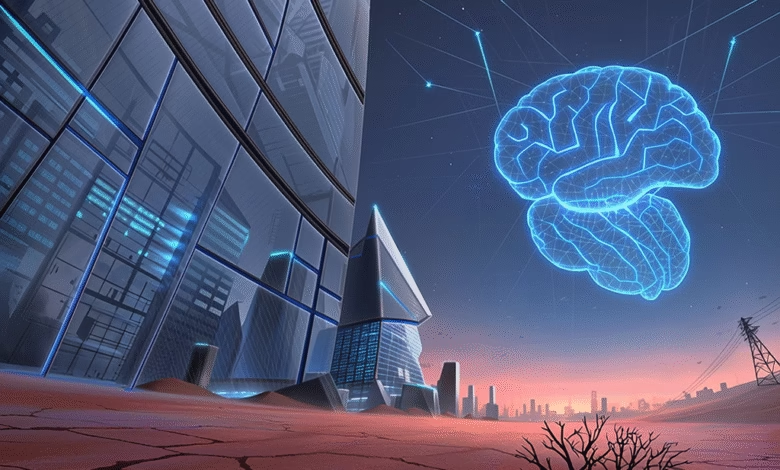Amazon’s New Supercomputer Rivals Human Brain Power

▼ Summary
– Indiana is becoming a hub for AI data centers, with Amazon building a massive complex on 1,200 acres of former farmland to support Anthropic’s advanced AI project.
– Amazon plans to construct around 30 data centers in Indiana, employing four construction firms to accelerate the project, which is part of a broader race against tech giants like Meta and OpenAI.
– AI data centers consume vast amounts of energy and water, with Amazon’s Indiana complex expected to use 2.2 gigawatts of electricity and rely heavily on municipal water for cooling.
– Local residents have protested the project due to environmental concerns, including wetland destruction and water shortages caused by excessive groundwater pumping during construction.
– The rapid expansion of AI infrastructure is sparking debates over resource usage, with communities worldwide facing similar challenges as the sector grows.
Amazon’s massive new AI supercomputer project in Indiana is setting the stage for a technological revolution, with ambitions to match the processing power of the human brain. The tech giant is transforming 1,200 acres of farmland into a sprawling complex of data centers, fueling startup Anthropic’s quest to develop artificial intelligence rivaling human cognition.
Reports indicate that seven data centers are already operational, with plans for roughly 30 more. The sheer scale of the project has prompted Amazon to enlist four construction firms simultaneously, racing to meet aggressive deadlines. Local officials describe the rapid progress as astonishing, with steel structures appearing almost overnight.
But Amazon isn’t stopping in Indiana. The company is eyeing Mississippi for similar developments, part of a broader arms race among tech giants like Meta and OpenAI to build cutting-edge AI infrastructure. These facilities are crucial for training increasingly sophisticated AI models, but they come with significant challenges.
Energy and water consumption are major concerns. The Indiana complex alone will demand 2.2 gigawatts of electricity, enough to power millions of homes, while relying heavily on municipal water for cooling. Amazon has opted for less advanced chips to minimize the need for complex cooling systems, but the environmental impact remains substantial.
Local residents have already raised alarms. Wetlands have been cleared for construction, and groundwater depletion has left some wells dry. The strain on resources highlights a growing dilemma: as AI advances, communities must weigh economic benefits against environmental costs. Similar debates are emerging worldwide as data centers expand, testing the limits of water and energy supplies.
The rise of AI infrastructure is reshaping industries, and landscapes, in ways few anticipated. While the technology promises breakthroughs, its footprint is impossible to ignore. The question remains: how will society balance innovation with sustainability? The answer could define the future of AI development.
(Source: Futirism)





